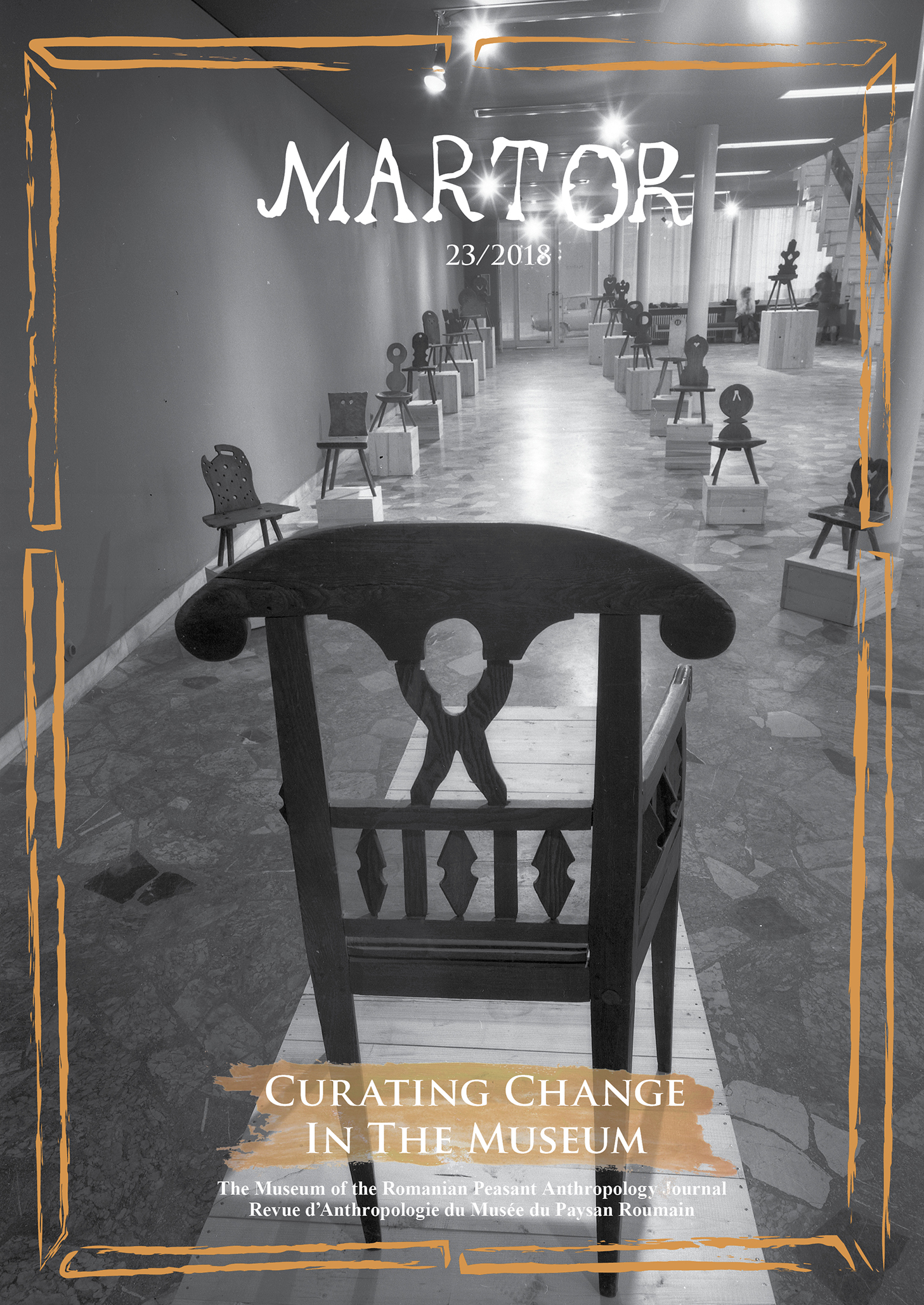Working with Contested Ethnographic Collections to Change “Old Museum” Perspectives
Working with Contested Ethnographic Collections to Change “Old Museum” Perspectives
Mutare Museum, Eastern Zimbabwe, 2015-2017
Author(s): Njabulo ChipanguraSubject(s): Anthropology
Published by: Muzeul Ţăranului Român, Editura Martor
Keywords: Ethnography; contested; collections; Mutare Museum; Beit Gallery
Summary/Abstract: In this article, I will examine the history of collecting ethnographic objects at Mutare Museum, moving between the colonial and postcolonial periods in order to show how these time scales structured the ways in which exhibitions are presented. I argue that by removing ethnographic objects from their cultural setting and inserting them into the visual system of the museum, their dynamic web of physical and social meanings was broken. Whilst I acknowledge that Mutare Museum’s system of displaying its ethnographic collection was shaped by colonialism in a way that resulted in the marginalisation of certain communities, I will show how collections in one of the galleries—the Beit Gallery—were transformed to convey new postcolonial meanings. In part, the paper also looks at how the concept of object biography and ethnomuseology assisted in redesigning and changing old exhibitions in the Beit Gallery. This case in point will be illustrated by gleaning through the multi-layered histories of collecting at this museum. Next, I will argue that the particular, ‘old’ manner in which ethnographic objects were displayed conforms to the traditional practice of presenting exclusively for visual observation. Objects would be displayed on the floor in an almost derogatory way—presented as if they were strange and exotic and devoid of any social and historical significance. Yet, this type of scenography did not do justice to the social biography of the collection, which could not be understood in terms of a single unchanging identity, but rather by tracing the succession of meanings attached to the objects as they move through space and time. As a result, communities living around this museum used to periodically contest narratives that were appended on ethnographic collections on display in the Beit Gallery. Therefore, in this article, I will show how we reorganised this exhibition through a collaborative partnership with the source communities where the objects had originated from. The discussion in this paper is premised on the data derived from my involvement in redesigning displays in the Beit Gallery as a curator at Mutare Museum. Later on, I will also address public perceptions of the new installations and gauge whether the exhibition attained the desired effects.
Journal: Martor. Revue d’Anthropologie du Musée du Paysan Roumain
- Issue Year: 2018
- Issue No: 23
- Page Range: 59-69
- Page Count: 10
- Language: English

